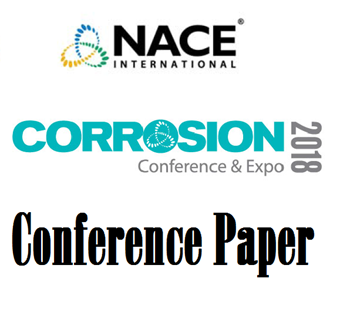Search
03356 CORROSION AND MATERIALS PERFORMANCE IN BIOMASS FIRED AND CO-FIRED POWER PLANTS
Also Purchased
51316-7493-Materials in Municipal Waste and Biomass-Fired Power Generation - a Review of Recent Experience
Product Number:
51316-7493-SG
ISBN:
7493 2016 CP
Publication Date:
2016
$20.00
51312-01308-Superheater Corrosion Produced by Biomass Fuels
Product Number:
51312-01308-SG
ISBN:
01308 2012 CP
Publication Date:
2012
$20.00
51318-11372-Selection of Superheater Materials for Biomass-fired Boilers
Product Number:
51318-11372-SG
Publication Date:
2018
$20.00




